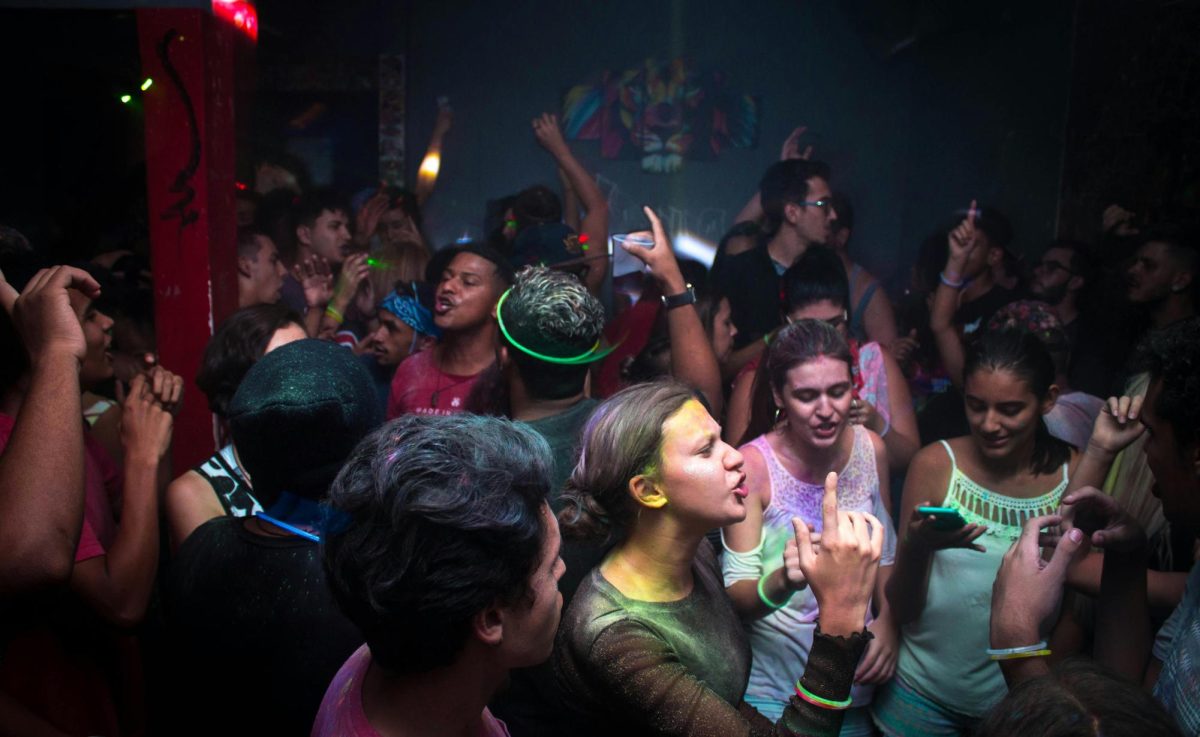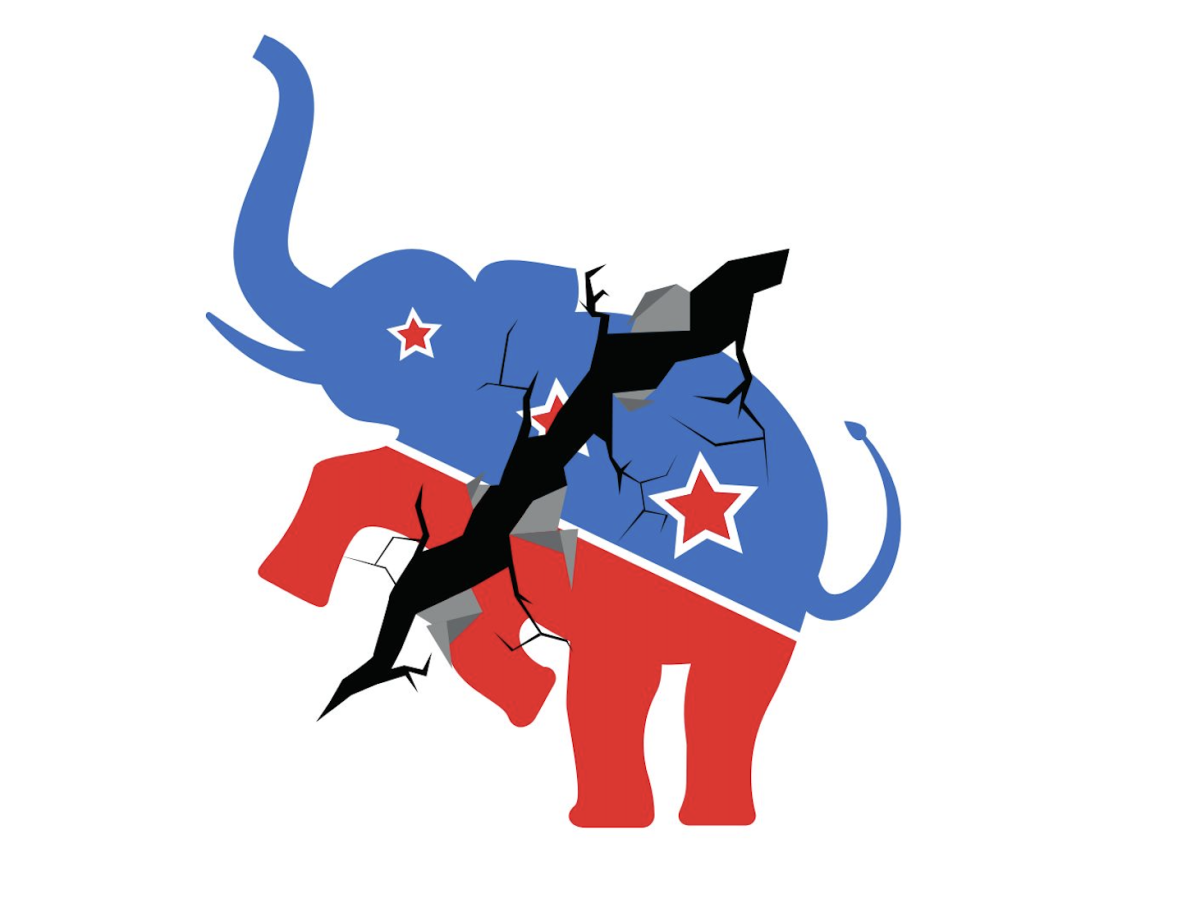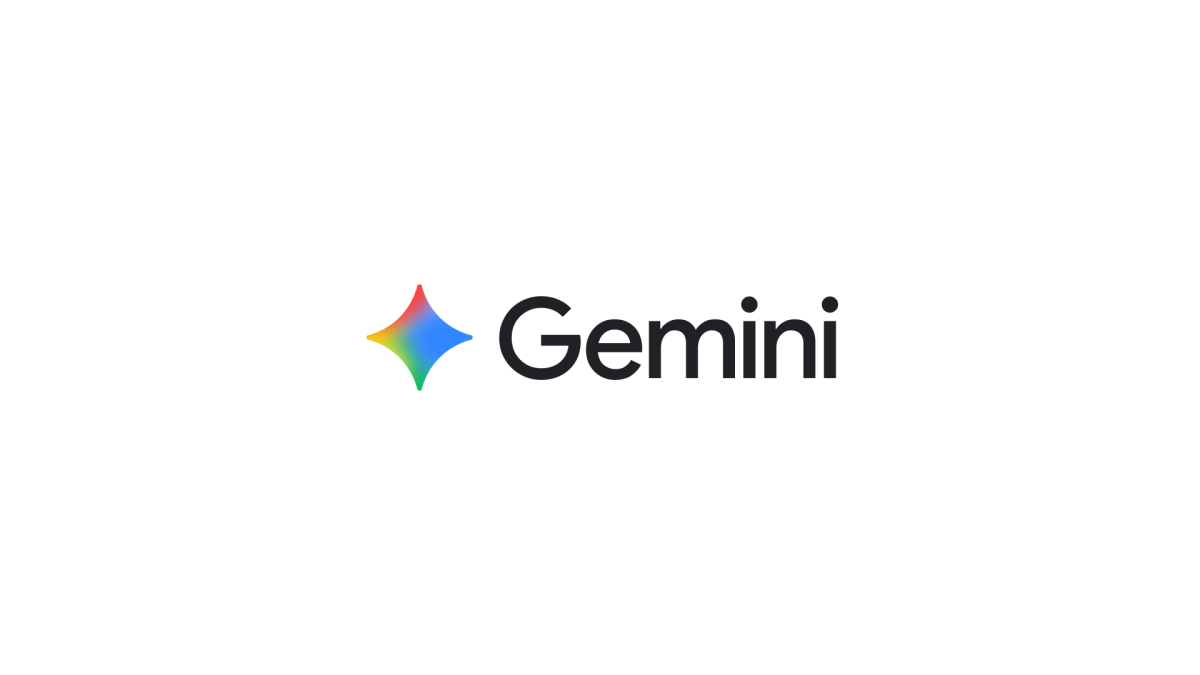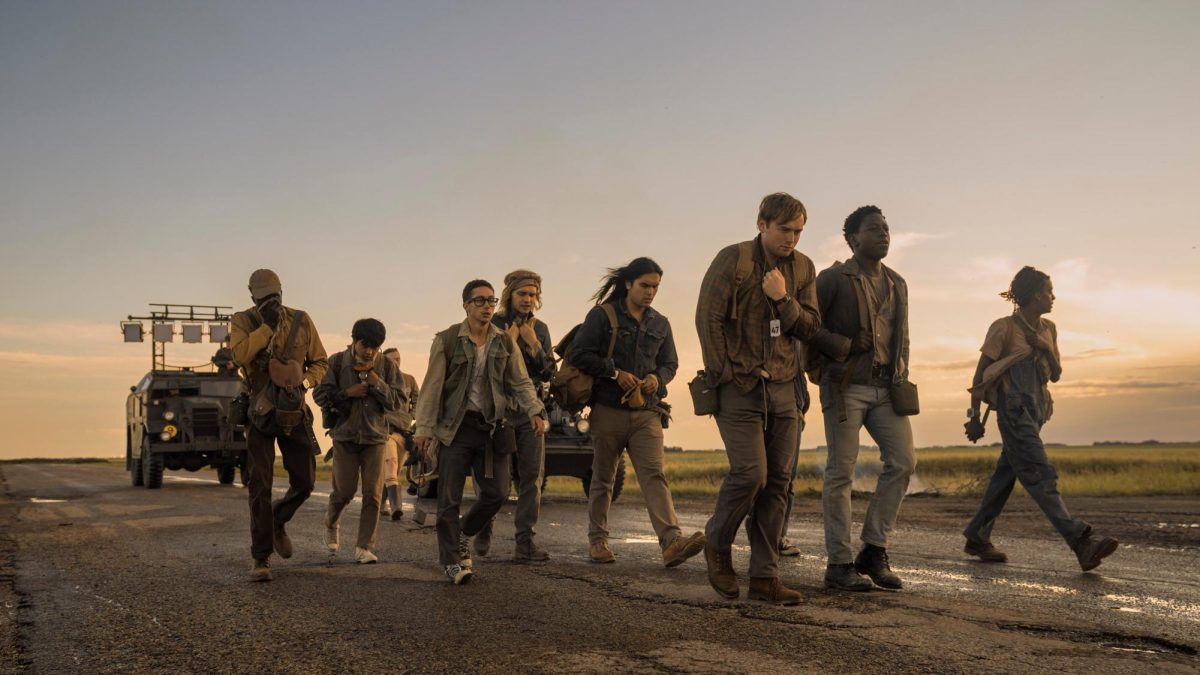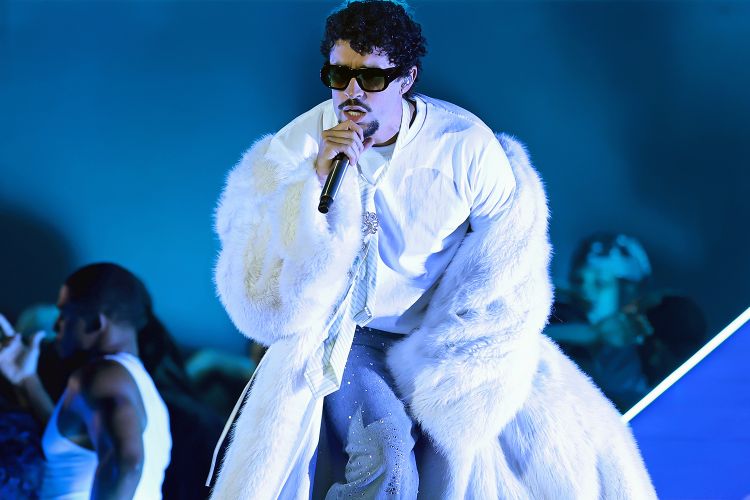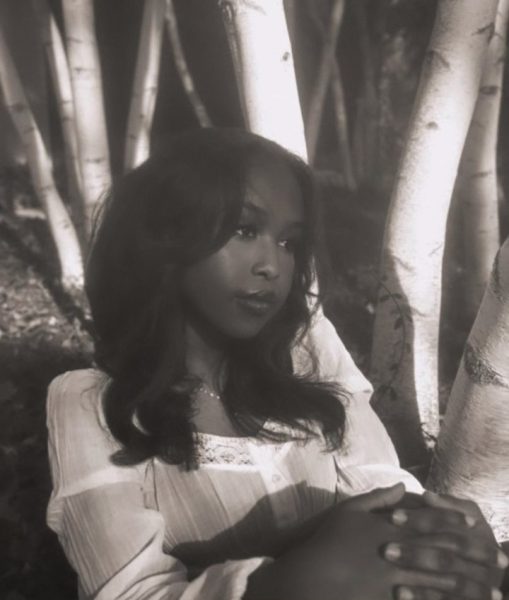It’s 2008, Herve Leger bandage dresses are everywhere, a cover charge is $10 dollars, 3OH!3 is blasting and Pitbull is next on the queue. The girls are dressed in True Religion jeans that they broke in for this specific moment, paired with a sparkly going-out top. Once you get past the growing line outside the club, it’s cheap drinks and sweating all over the dance floor under fluorescent lights. There was something so reckless and rewarding about it. Flash-forward to now, a cover charge is at least $20 dollars, the bouncer outside the club thinks this is Berghain 2.0 and rejects anyone that even remotely looks alive. The music is mediocre at best and the floor is… modest. The crowd is squished like sardines allowing little to no movement besides taking a swig of their $25 dollar cocktail that tastes like fruit water. Instead of the floor being lit up with lights, it reflects everyone’s phone glued in their hands. The energy is muted, cautious and performative. From the days of disco-soaked Studio 54 to now, facing rejection from East Village door guys if you don’t have 10k on Instagram—where did New York Club culture go?
In the 90s and 2000s, a DJ’s presence could make or break the night. If you sucked as a DJ, the crowd would be low energy. People went to the club to dance, seeking an energetic mix with a bass-boosting sound system that made your heart feel like it’s coming out of your chest. Clubs like Studio 54, Limelight, and Twilio were not just venues, they were sanctuaries for those dancing until dawn and sweating their blowouts out. It was alive. In the same club, you would have models, nepotism babies, alternative folks and finance bros all chasing the same rush, shoulder to shoulder. Now, the focus has shifted and music is only the background. The crowd is half-listening, half-posting on Instagram. The pictures of the night are more important than being present. So, in true journalistic fashion, I had to investigate what New York Club culture was really like nowadays. If the culture really was fighting to remain on its last legs, I wanted to see the body of the scene myself.
The club was a dingy East Village joint with a bouncer that looked like he would rather be anywhere else. Once inside, half of the crowd was taking pictures and recording their friends, while the other half was facing the DJ and barely moving. The floor looked like a carefully curated Pinterest board, most people pretending to have the time of their lives as soon as they hit the capture button. Everyone was chasing the image of a good time, not really living the good time. Clubs used to be messy, loud, sweaty and unhinged. Now, they are backdrops and moments used to create content. And maybe the music changed along with the crowd.
Today, techno and EDM have taken clubs by storm and are almost always the go-to for DJs. What used to be hits made by Timbaland, Pharrell or indie sleaze classics are now muffled by industrial beats that sound like being trapped inside a washing machine. Now, it’s not bad—just different, and not music you would want to scream-sing and spill your drink to. It lacks the reckless sleazy joy that the early-2000s chased like oxygen. If I’m paying $30 to get inside a mediocrely lit toaster oven with a fog machine, I better be dragged off the dance floor begging to go back out. Why are we paying to face a DJ amid a sea of iPhones more than I see actual faces? That is what nightlife requires now, proof of a good time. Now, the dance floor isn’t about losing yourself to the music and bouncing with friends but proving that you were there. Every iPhone up in the air, ready to record is a reminder that privacy doesn’t exist anymore and the crowd doesn’t move for the music, but for the camera.
Clubbing ceased to be a private and liberating release as soon as phones were just as present on the dance floor as people were. Now, the thought of moving awkwardly is anxiety-inducing. One person recording and posting it could lead to a viral clip, turning a carefree moment into an instance of public humiliation. That fear hangs on everyone’s mind, causing people to move cautiously, even in spaces that were meant for people to wild out. The club is where people used to go to blow off steam from their nine to five, and now it is where you hope and pray you still look good while your friends take pictures.
When I left that East Village club at one in the morning with my heels still intact, I couldn’t help but wonder if mainstream clubs had utterly lost the plot or just rewrote somewhere else. The truth is, the club scene is not necessarily dead in New York, and you do not have to travel to Berlin to have a fun time. The wild nights of the past that Gen Z’ers crave have not disappeared but went to places where phones (and bad DJs) cannot find them. The real pulse of New York City is hiding in alarmingly unsafe warehouse parties in Brooklyn, hosting Charli XCX’s Brat or similar artist, music genre or throwback decade themed night. New York City nightlife has moved underground back to where it started. You can spill your drink, sprawl along the floor and the room smells like cheap tequila and armpits—a good sign that the rest of the crowd has been sweating from dancing too hard. It is messy, imperfect and alive. Club culture is not dead but has been resuscitated in the spaces that reflect the carefree, chaotic and unplugged essence of nightlife.

